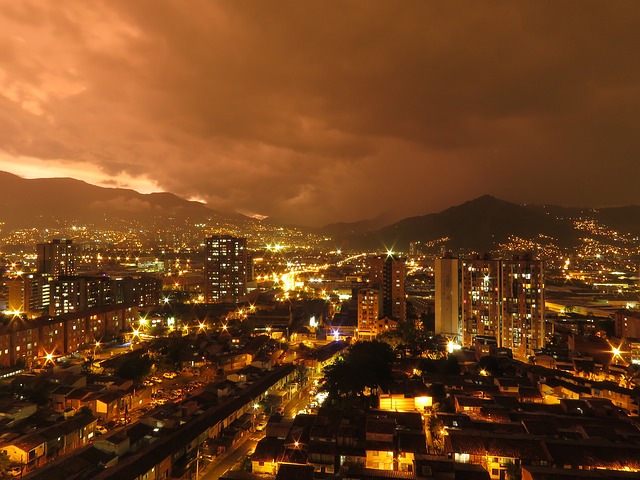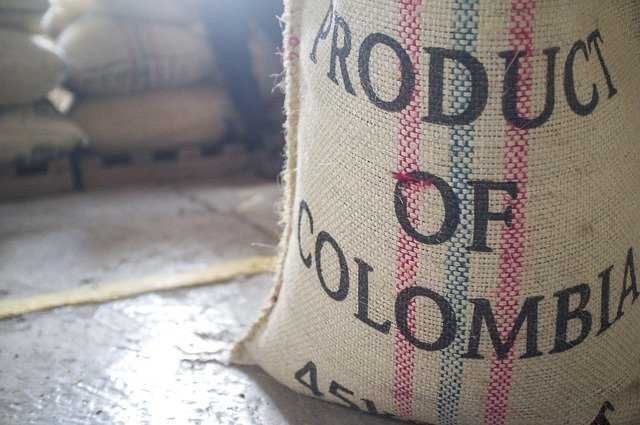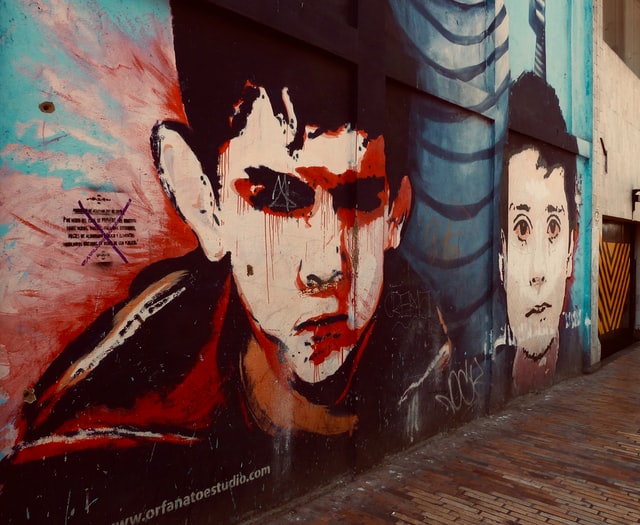
A country full of culture, unique natural spaces, indigenous groups and a history shaped by human trafficking that continues to this day: Colombia. Located in the northern part of South America, thi presidential republic is the second largest state on the continent with a population of around 50.9 million people. The country has been criticised for decades for gang violence and ongoing human rights violations. Especially the billion dollar business of illegal gold and coal mining regularly makes headlines. Hardly a month goes by in which there is not a devastating accident with numerous deaths. Sadly, exploitation and inhumane working conditions are still the order of the day in the illegal mining regions, and as a result, fatal accidents are too.
A COUNTRY IN GOLD RUSH

Colombia has been enjoying an economic boom for years. This upswing is due, amongst other things, to the rich deposits of raw materials. From crude oil to nickel or coal – natural resources make up almost half of Colombia’s export goods. The raw material gold in particular is experiencing increasing demand. Illegal gold mines are springing up like mushrooms, hoping to get a piece of the action. As is so often the case, the victims are the natural areas and poorer groups of the population. While rivers are contaminated with chemicals that are linked to the lasting destruction of the waterway, entire generations risk their lives working in mining operations for pitiful wages. Gold prospecting was slave labor even before the Spanish conquest. Following the rise in the price of gold, the country has seen a gold rush. Unfortunately, for the greatest possible gain, the suffering – and worse – the death of the exploited miners is accepted.
THE DEADLY DAILY GRIND

Only two keywords are needed to sum up countless articles, scientific analyses and other evidence when it comes to the exploitative conditions in the illegal gold and coal works on Google: Colombia and exploitation. In August of this year, for example, twelve people lost their lives in an explosion in an illegal coal mine. The accident occurred in the province of Boyacá and was caused by a chemical reaction between the substances methane gas and coal dust. If the safety precautions are observed, i.e. sufficient air circulation, coal dust extraction, mine gas detectors and automatic device shutdown, the deceased could still be with their families. In illegal mines, the regulations are only observed in a few cases. Rather, exploitation and greed are the decisive factors for daily working conditions. It is therefore not surprising that, according to the Colombian Mining Authority, around 60 percent of all fatal accidents this year occurred in illegal mines.
A FIGHT FOR SAFETY

Fatal explosions, miners stuck underground and inhumane conditions are the order of the day in the illegal mining business, but for many workers there is no alternative. Working in the mines is often the only way to earn enough money to support a family. Colombian politics has been dealing with the illegal mining of raw materials such as gold and coal for years. Sadly it is not the calamities and poor security that are attracting the attention of politicians. It is primarily the ecological and economic effects of the illegal mines that are causing unrest and concerns among high-ranking members of the government. Fortunately, there is hope. A number of human rights organizations such as kolko e.V. are committed to improving the labour situation in the mining regions. The Somos Tesoro program, for example, is combating child labor in the mines. Organizations like these advocate the improvement of the economic stability for families, the safety norms in the mining camps, as well better protection of the children.
